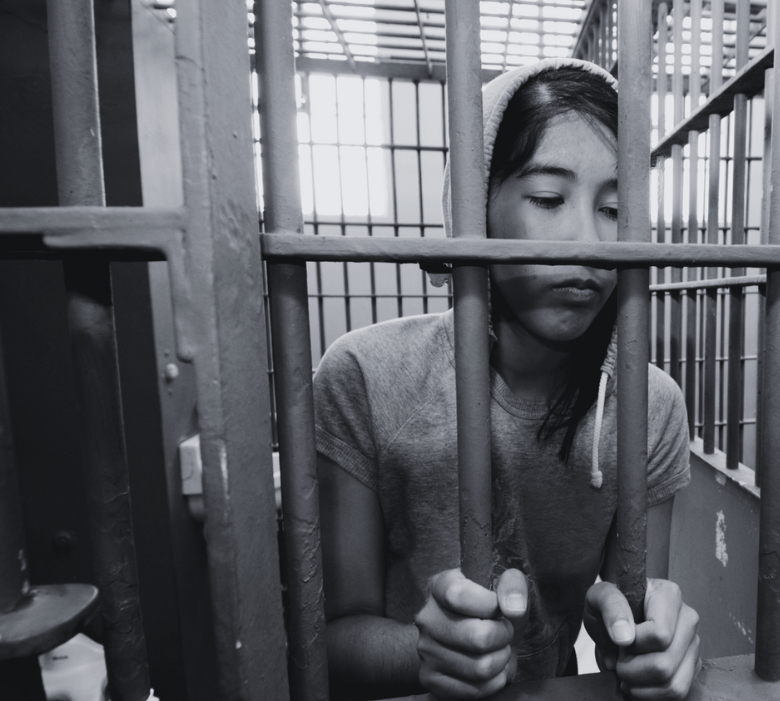The Problem

The Outcomes
Approximate annual number of youth
aging out of foster care in the nation.
aging out of foster care in the nation.
$
Estimated lifetime cost of social services
for each youth in the nation.
for each youth in the nation.
$
Total lifetime cost of each cohort
every year in the nation.
every year in the nation.
The Alabama Cost
Approximate annual number of Alabama youth aging out of foster care.
$
Estimated lifetime cost of social services
for each youth in Alabama.
for each youth in Alabama.
$
Total lifetime cost of each cohort
every year in Alabama.
every year in Alabama.
The Solution





